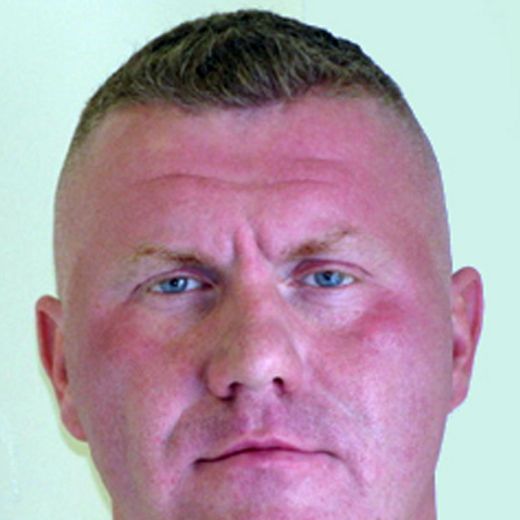The Story of Raoul Moat: A Manhunt in the UK

Introduction
The case of Raoul Moat remains one of the most notorious criminal incidents in recent UK history. In July 2010, a manhunt across Northumbria captivated the nation as Moat evaded capture for a week, leading to widespread media coverage and national conversations around crime, mental health, and police procedures. The incident not only raised questions about personal accountability but also the effectiveness of policing tactics in high-stakes situations.
The Events Unfold
Raoul Moat’s spree began on July 3, 2010, when he was released from prison after serving a sentence for assault. Shortly thereafter, he learned that his former girlfriend had started a new relationship. Moat confronted the new partner, resulting in serious injuries to both him and the individual. Following this, Moat resorted to a violent campaign, leading to the shooting of a police officer and various threats against local residents.
As Moat evaded capture, Northumbria Police launched an extensive manhunt, deploying hundreds of officers, helicopters, and CCTV to locate him. The manhunt became a media spectacle, turning Moat into a household name overnight. His interactions with the media—including a phone call with a local news outlet—added to the drama and tension of the situation. Witnesses from the area described Moat as a ‘dead man walking’, highlighting his erratic behaviour and mental state during this time.
The Aftermath
After nearly a week on the run, Raoul Moat was ultimately cornered by police near Rothbury, Northumberland. Following a tense standoff, Moat turned the gun on himself, ending his life on July 10, 2010. This event left many wondering about the failures in the system that allowed such violence to occur. In the aftermath, questions about mental health care, support for individuals leaving prison, and the approaches taken by law enforcement were raised extensively in public and media discussions.
Conclusion
The Raoul Moat incident serves as a reminder of the complexities surrounding criminal behaviour and mental health. It also underscores the critical role that police forces play in managing and containing crises. Since that tragic week, there have been calls for reforms aimed at improving both mental health support systems and police training in handling similar situations. As we reflect on the events surrounding Raoul Moat, it is clear that understanding the underlying issues is crucial in preventing similar tragedies in the future.









